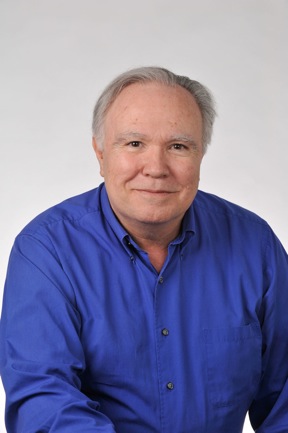Diabetes Health Type 2: Our Vast Numbers Are Our Advantage
I’ve never met anybody who is happy to have diabetes. They may be happy about having successfully adjusted their lives to it. Or grateful that there’s a broad range of drugs to help them deal with it, but no joy about the disease itself.
Some of those drugs can be expensive, at least from the point of view of someone who has diabetes. If you are taking a daily dose of Sanofi’s recently introduced Toujeo Solostar (insulin glargine), a basal insulin delivered via a pen, you can expect to pay at around $400 per month (if you’re paying cash) or more. That’s much more costly than injecting, say, Humalog via inexpensive, measure-it-yourself syringes.
But “expensive” is a relative term. You may have read a recent news article about the controversy that erupted when the United Kingdom’s National Health Service announced it will no longer purchase and provide expensive cancer drugs to approximately 50,000 patients.
Some of the drugs are end-stage medications that at best can provide only a few more months of life to the patients taking them. In that respect, the NHS is like any other medical system, single-payer or not: Its greatest costs are the ones expended on “old old” patients who have begun a rapid decline. Those costs are a substantial percentage of yearly expenses (“Young old,” who have not begun the steep decline into frailty, place far less stress on a healthcare system).
Some of those UK patients may be able to afford to leave the country and pay for private treatments in the United States or Europe. But a majority of the NHS’s cancer patients who can’t afford costly private treatment are left to their own devices. Their only recourse is to appeal to the compassion of a bureaucracy that deals in numbers, not people and holds their lives in its hands.
Fortunately, that isn’t the case with diabetes patients. In general (I’m aware of people with diabetes who undergo complex medical procedures, such as insulin islet transplantation, or bariatric surgery or use insulin pumps and continuous glucose monitors), the drugs we have to take are not extraordinarily expensive. It is possible for most of us to afford what we need to manage our diabetes.
One thing in favor of that relative affordability of our drugs is the statistics that tell us tens of millions of Americans already have pre-diabetes and are likely to develop type 2 diabetes as a result. There’s no way cost-cutting bureaucrats are going to refuse to pay for drugs that 90 million or 100 million adults—voters—need to manage their diabetes. In this case, our sheer numbers are the clearest and best argument that our portion of the U.S. population can make when it comes to medical rationing.
Our mass also affects what pharmaceutical companies will do. If the diabetes market becomes as large as expected over the next 10 or 20 years, there will be a tremendous demand for new or improved diabetes drugs. As happens most of the time with markets, big demand creates big competition: Sanofi or Novo have no desire to cede any part of the market competitors. This means that even drugs that are unique, therefore expensive, soon face rivals; or as time passes, generic versions.
The power of our numbers calls for us to form a diabetes interest group that can represent our concerns at every political and medical level. When you are representing the concerns of several million voters, you have a lot of clout. I’m not talking about ADA or other groups officially listed in the war against diabetes. The problem with big organizations that set out to reach a goal is that eventually the goal recedes from sight, and the purpose of the organization becomes to perpetuate itself. The March of Dimes went frantically searching for another disease to cure once polio was eliminated, finally settling on birth defects and healthy babies. Fundraising infrastructure and management jobs were saved!
When it springs into existence, our organization, “The 100 Million,” probably should do like the Salvation Army does and pay our executives a pittance so that the temptation to drink deeply from the charity well doesn’t occur (Salvation Army’s CEO is paid $13,000 per year). The money our group raises would go to exert pressure on Big Pharma and the federal government to allow earlier experimentation with promising test drugs, open the drug supply line to include mail order, and create group diabetes medical insurance policies where premiums paid by many can help support the few who are brittle or in need of special treatments.
Our organization’s entire intent would be to push for a cure for diabetes. If/when we reach that goal, the organization disbands, or at best maintains a small core group of experienced people who can volunteer their skills to other organizations.



